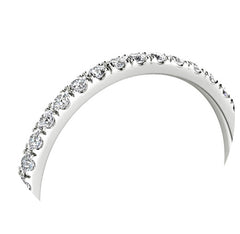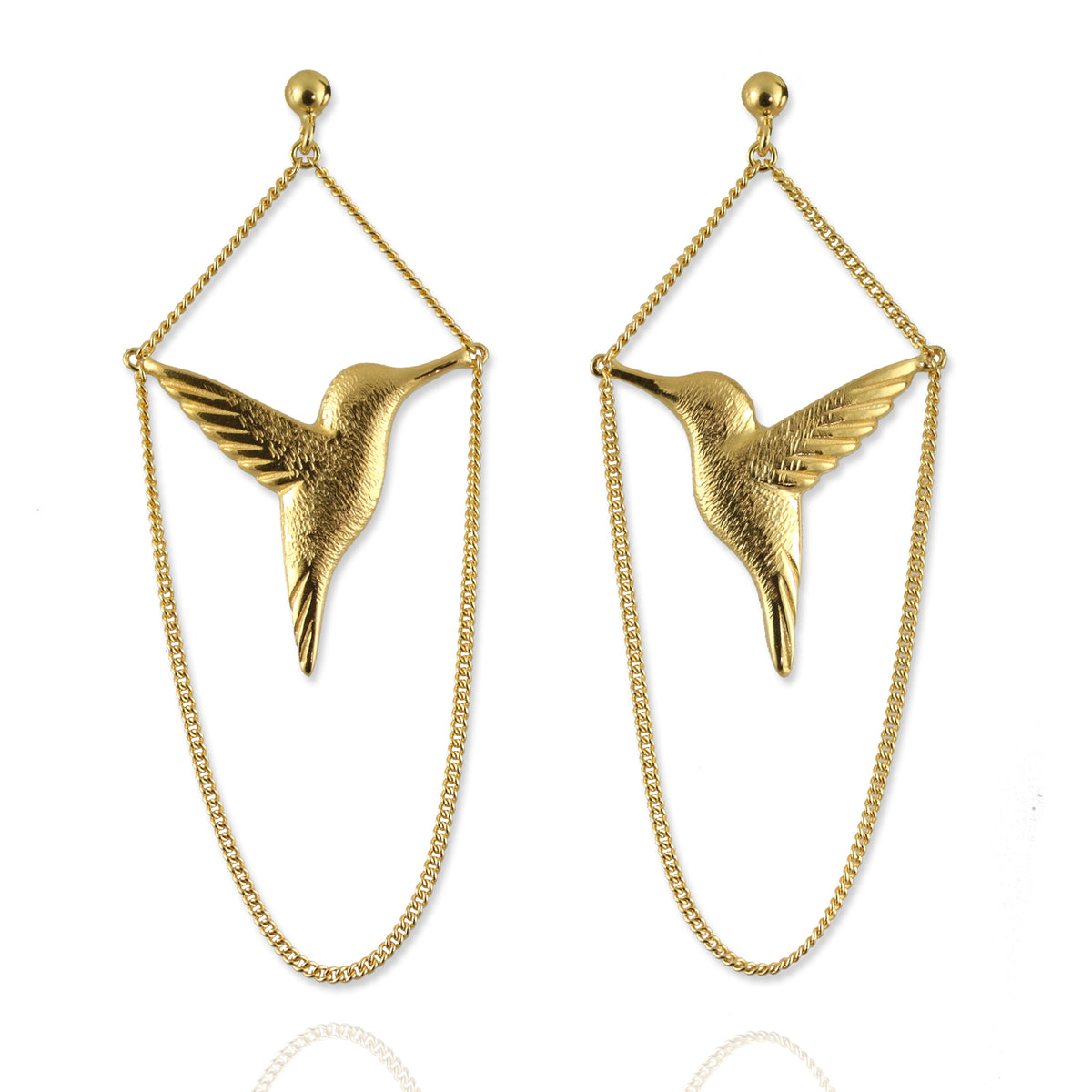Gem Setting Guide

All our stone setting is done in house with the help of Ross's favoutite toy, a massive microscope and rotating vise. We use only conflict free diamonds and other ethically sourced gem stones.
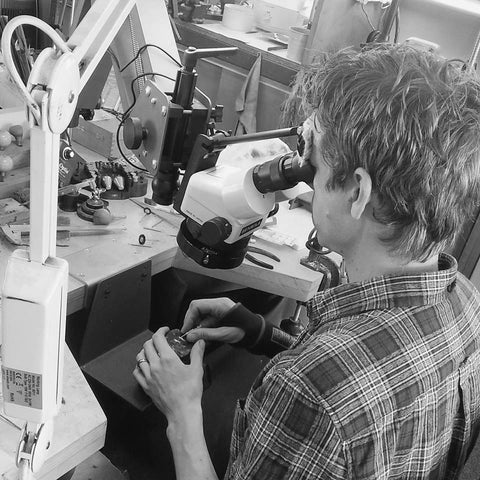
There a several ways in which a stone can be set into you bespoke jewellery. Below are a few examples.
Claw setting:
Either 3 or 4 claws (or prongs) are holding the stone in place. Depending on the size of the gemstone, the claws must have a certain thickness in order to keep the stone safe. A claw setting exposes the maximum amount of light to the sides and bottom of a gemstone.
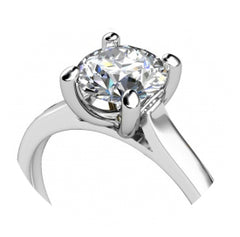
Rex Setting:
Rex setting is a form of claw setting. The setting is shaped like a crown with 4 to 8 claws.
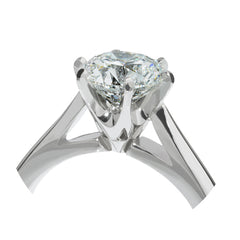
Rub over setting:
Rub over or bezel setting can be used for cabochons (stones with a flat bottom) or facetted stones. A strip of metal is formed around the stone, and then soldered to a metal base. The stone is secured by pushing and bending the bezel towards the stone using a setting hammer or burnishing tool.

Gypsy or Flush Mount setting:
Gypsy setting or flush setting means that the table of the stone is either level or just above the metal surface. There is no actual setting. The metal must at least be of the same depth as the gemstone. A seat for the stone is cut with burrs and/or graving tools and once the stone sits well, metal is burnished towards the stone to hold it in place. At the end a cutting tool can be used to trim off any excess metal and to create a shiny edge around the stone.

Tension setting:
Tension set means that there is no actual setting holding the stone. A tension setting uses the metal's natural tendency to spring back to its original position to hold the stone in place. A chunky ring, preferably in gold or platinum, is needed to keep the stone secure. The ring is cut open, grooves are filed into the inside surfaces and the gemstone is clamped in the opening. If the stone is fairly soft or fragile, there is a big risk that it might break in a tension setting due to the high pressure that is put on it.

Grain setting:
A grain setting uses four very small claws (or grains) to hold the gemstone in place. With a grain setting, there is a square shaped softly sloping indentation in the metal around the gemstone, which can make it look more like a square stone than a round stone. The grain setting also has a slightly old world feel to it. It has often been used in Art Deco jewellery.
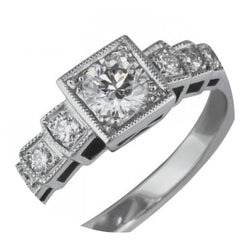
Channel setting:
Channel set gemstones are placed into a metal channel. The gemstones flow in a continuous row, because no metal is used to separate them. About half a millimetre of metal is needed on either side of the stones to secure them. Channel set rings look less romantic, less busy and maybe a bit more masculine than pavé set rings.
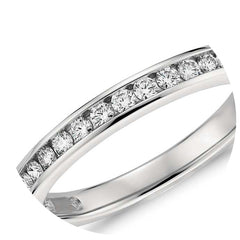
Pavé setting:
Pavé settings are made up of lots of small gemstones, often diamonds, set closely together. The gems are separated and held in place by little beads of the setting metal. The result is what looks like a continuous surface of diamonds or other gems.
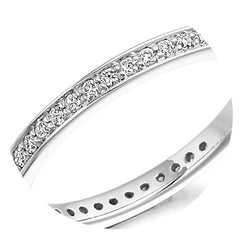
Micro setting:
Micro-set diamonds are very tiny and individually set. These diamonds are so small that using a microscope is required to precisely place them within each small prong. The process involved in creating a micro-setting is a bit more intense than that of creating a pavé diamond setting.
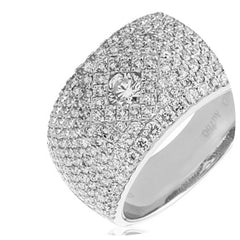
Cut down setting:
Cut down setting can be used on the shoulders of a slim ring. Unlike with pavé or channel setting, there is no visible strip of metal on either side of the stones.
